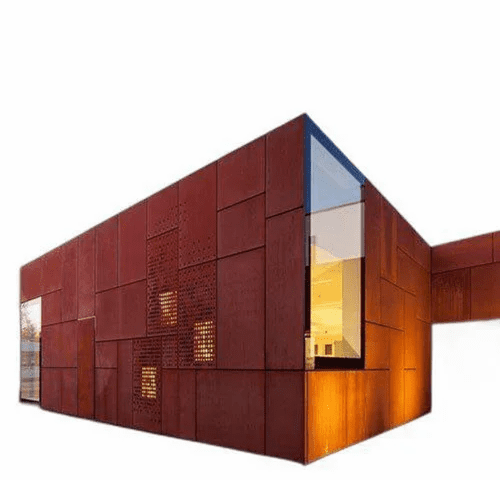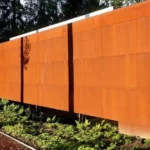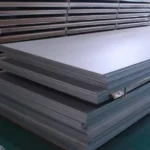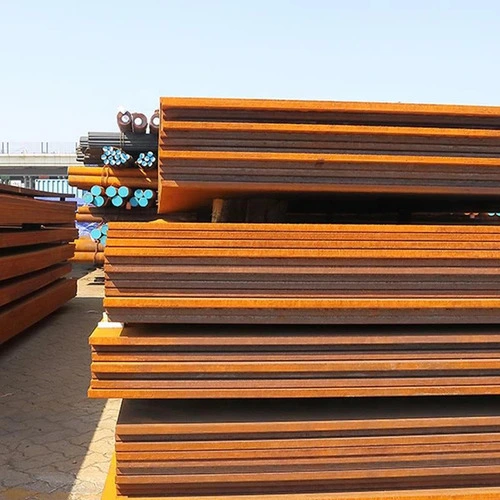- Home
- About us
- Our Products
- SAILMA 550HI Steel Plates
- SAILMA 450HI Steel Plates
- SAILMA 350HI Steel Plates
- Corten B Steel Plates
- CORTEN A Steel Plates
- Corten Steel Wall Cladding
- IS 2062 E410C Plates
- S355JR Plates
- Stainless Steel Facade
- S355J2+N Steel Plates
- S355J2G3 Grade Steel Plates
- S355J2N / IS 2062 E350C
- Corten Steel Facade
- IRSM 41-97 Steel Plates / Corten A
- ASME SA 516 Grade 70 BQ Plates
- ASME SA 516 GRADE 60 BQ PLATES
- ASME SA 516 GR.60/70N DUAL CERTIFIED PLATES
- S355J2W+N Steel Plates for Railways
- ASME SA 516 GRADE 70N NACE AND HIC PLATES
- IS 2062 E410 GRADE BR PLATES (E410BR/B0/C)
- ASME SA 516 GRADE 60/70N NACE AND HIC PLATES
- IS 2062 E350 Sailma Grade Plates (E350/E350BR/E350C)
- IS 2062 E450 SAILMA Plates (E450BR / E450B0 / E450C)
- IS 2062 E450 SAILMA Plates (E450BR / E450B0 / E450C)
- Blogs
- Contact
- Home
- About us
- Our Products
- SAILMA 550HI Steel Plates
- SAILMA 450HI Steel Plates
- SAILMA 350HI Steel Plates
- Corten B Steel Plates
- CORTEN A Steel Plates
- Corten Steel Wall Cladding
- IS 2062 E410C Plates
- S355JR Plates
- Stainless Steel Facade
- S355J2+N Steel Plates
- S355J2G3 Grade Steel Plates
- S355J2N / IS 2062 E350C
- Corten Steel Facade
- IRSM 41-97 Steel Plates / Corten A
- ASME SA 516 Grade 70 BQ Plates
- ASME SA 516 GRADE 60 BQ PLATES
- ASME SA 516 GR.60/70N DUAL CERTIFIED PLATES
- S355J2W+N Steel Plates for Railways
- ASME SA 516 GRADE 70N NACE AND HIC PLATES
- IS 2062 E410 GRADE BR PLATES (E410BR/B0/C)
- ASME SA 516 GRADE 60/70N NACE AND HIC PLATES
- IS 2062 E350 Sailma Grade Plates (E350/E350BR/E350C)
- IS 2062 E450 SAILMA Plates (E450BR / E450B0 / E450C)
- IS 2062 E450 SAILMA Plates (E450BR / E450B0 / E450C)
- Blogs
- Contact
Corten steel cladding suppliers near me

Boiler Steel Plate SA 516 Grade 70 Nace HIC Plate Supplier in India
April 9, 2024
CORTEN STEEL PANELS
April 9, 2024Corten steel cladding suppliers near me
Corten steel cladding, also known as weathering steel cladding, is a type of architectural cladding material made from Cor-Ten, a brand of weathering steel. Corten steel is a group of steel alloys that are designed to develop a rust-like appearance when exposed to the weather, creating a protective, durable surface layer. This rust-like patina not only gives Corten steel a distinctive and attractive appearance but also acts as a protective barrier, preventing further corrosion and deterioration of the underlying steel. Here are some key characteristics and uses of Corten steel cladding:
Aesthetic Appeal: Corten steel cladding is valued for its rustic, weathered appearance. The unique patina ranges from deep brown to reddish-brown and evolves with exposure to the elements, creating a visually appealing finish.
Corrosion Resistance: While Corten steel develops surface rust, this rust layer is stable and protects the underlying steel from further corrosion. It eliminates the need for painting or other protective coatings.
Durability: Corten steel is known for its exceptional durability, making it suitable for a range of outdoor applications, including architectural cladding. It can withstand harsh weather conditions and remains structurally sound.

4. Low Maintenance: One of the advantages of using Corten steel cladding is its low maintenance requirements. It doesn’t need frequent upkeep or repainting.
5. Architectural Versatility: Corten steel cladding is used in various architectural applications, including wall cladding, building facades, roofing, outdoor sculptures, and decorative elements. Its unique appearance can complement both modern and traditional designs.
Benefits of Corten Steel Cladding
Aesthetic Appeal: The cladding of Corten steel is achieved with a very distinct appearance by its warm, earthy hues and textured surface. The natural rust-like patina gives a dual quality to the finish: a rustic finish combined with an at the same time clean, modern look that gives added value to architectural projects.
Durability and Longevity: It is designed with Corten steel, renowned for its lifetime against inclement weather, high temperatures, and UV rays without any reduction. The inherent corrosion resistance ensures performance life with minimal maintenance requirements.
Low Maintenance: conventional cladding material requires repainting or sealing every other time. Thus, maintenance of Corten steel cladding is far much reduced. The protection that is formed on the surface will serve as a self-renewing barrier against the abrasive elements that destroy it, hence doing away with the high costs of upkeep over time.
Applications of Corten Steel Cladding
Architectural Projects: A “Corten” steel cladding is widely applied in architectural projects as facades and exterior walls, elements of decoration, due to their specific appearance and peculiarities of weathering.
Landscaping and Outdoor Structures In landscaping and outdoor design, it is used for cladding features such as planters, retaining walls, and sculptural installations. The weathering process Corten goes through can be in harmony with the environment.
Industrial and Commercial Buildings
Therefore, its most attractive feature is that of being robust and flexible, hence its most preferred way of cladding for industrial and commercial buildings. It brings about durable protection from the environmental elements and adds beauty to the building.
Installation and Maintenance Tips The cladding with Corten steel should be fixed and ventilated during the fixing process, which will allow the metal to weather naturally. For the cleaning process, the debris is cleaned routinely using soapy water in such a way that the patina appearance is maintained. Comparison with Other Cladding Materials Unlike aluminium, vinyl, and wood—traditional materials for clogging—Corten steel outdoes them in durability, longevity, and aesthetics. Its characteristics in weathering are what gives the steel its specialness and put it almost exclusively to improve the designs.
FAQs
Q1. Does Corten steel cladding require any special surface preparation before installation?
Corten steel cladding typically does not require surface preparation, as its natural weathering process begins immediately upon exposure to the elements.
Q2. Can Corten steel cladding be used in coastal areas prone to saltwater exposure?
Yes, Corten steel cladding is highly resistant to corrosion from saltwater exposure, making it suitable for coastal applications where other materials may corrode quickly.
Q3. How long does it take for Corten steel cladding to develop its characteristic patina?
The time it takes for Corten steel cladding to develop its patina varies depending on environmental conditions such as humidity, rainfall, and sunlight exposure. Typically, the process takes several months to a year.
Q4. Is Corten steel cladding suitable for interior applications, such as feature walls or ceiling panels?
While Corten steel cladding is primarily used for exterior applications, it can also be incorporated into interior design projects to create striking visual effects. Proper ventilation and moisture control are essential for indoor installations.
5. Can Corten steel cladding be painted or coated with other finishes to alter its appearance?
While Corten steel cladding is prized for its natural weathering characteristics, it can be painted or coated with sealants to achieve specific aesthetic effects or enhance corrosion resistance. However, such treatments may alter the steel’s natural patina and require periodic maintenance.











